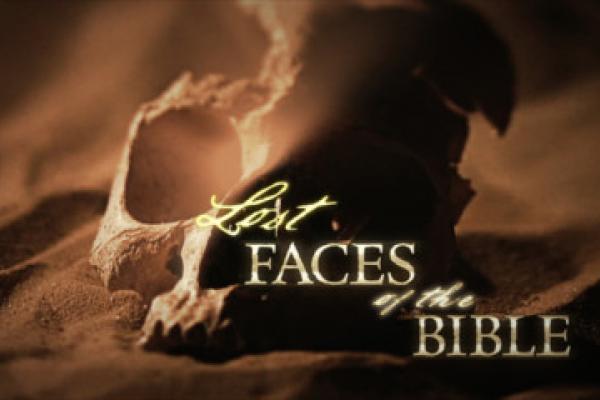Nov 22, 2013
Many artistic renderings of biblical figures hang in churches and museums, but no one really knows what they and their contemporaries looked like.
Now, an international team of archeologists, forensic anthropologists, and facial reconstruction experts has tried to answer this question by recreating the faces of three adults and a newborn whose skeletal remains date back to biblical times.
A new four-part TV series, Lost Faces of the Bible (airing on the National Geographic Channel beginning Monday), follows the experts as they recreate long-gone faces utilizing the same state-of-the art technology used by police investigators.
Read the Full Article

Already a subscriber? Login
